No trip to Quito feels complete without exploring the incredible Quito Historic Center, Ecuador’s first UNESCO World Heritage Site. As one of Latin America’s largest and best-preserved historic districts, Quito’s Old Town, or “Centro Histórico” as the locals call it, is an extraordinary blend of history and culture.
With over 300 blocks of colonial architecture spanning a history of 200 to 400 years, the area was originally built on the site of the Inca Empire’s capital. Despite experiencing many earthquakes, this historic heart of Quito has withstood the test of time, becoming a lively, modern neighborhood while preserving its remarkable past.
Walking through Old Town, you’ll encounter a treasure trove of colonial churches, fascinating museums, bustling marketplaces, and scenic vistas. In this guide, I’ll walk you through the must-visit sites, key activities, and everything you need to know about getting around Quito’s Historic Center. I’ll also be sharing some travel safety tips and highlights from my own experience, which you can catch in my video on our adventure through Ecuador’s mainland. Quito’s historic center part starts at 2:01:
Looking back, exploring Quito’s Historic Center required local insight – from knowing the best times to visit each site to understanding which areas to explore at different times of day. Skip the uncertainty I faced and get a FREE personalized Ecuador trip quote from my trusted local experts who know exactly how to maximize your time in this historic treasure. Your booking helps support both this blog and local Ecuadorian communities.
Table of Contents
Plan perfect trip to Ecuador & Galapagos
I spent countless hours researching everything about traveling to Ecuador, and I created this blog for fellow travel enthusiasts who want the best, most reliable information. But if you want to save time, we’ve partnered with the top local agency to plan your dream trip.
How To Get To Quito Historic Center
Quito’s Old Town stretches between the iconic El Panecillo hill in the south and Parque La Alameda in the north. The Historic Center is incredibly accessible for tourists, and like I did, you can explore it with a self-guided tour. To get there, you can catch the Trolleybus or grab a taxi to Plaza de la Independencia to start wandering at your own pace. Alternatively, booking a day tour is an excellent way to experience the area.
The day tours add so much more than just a guidebook could offer—they’re filled with local tidbits, insider tips, and recommendations for the best coffee spots and lunch spots. Plus, they usually include transportation, making it hassle-free. Taxis and Uber are also super affordable here, so it’s easy to get around without stretching your budget.
What To See and Do in Quito Historic Center
There are many interesting places to see in the Quito Historic Center. Here are some of the places that you must see when you visit there:
Stroll Along the Plaza de la Independencia
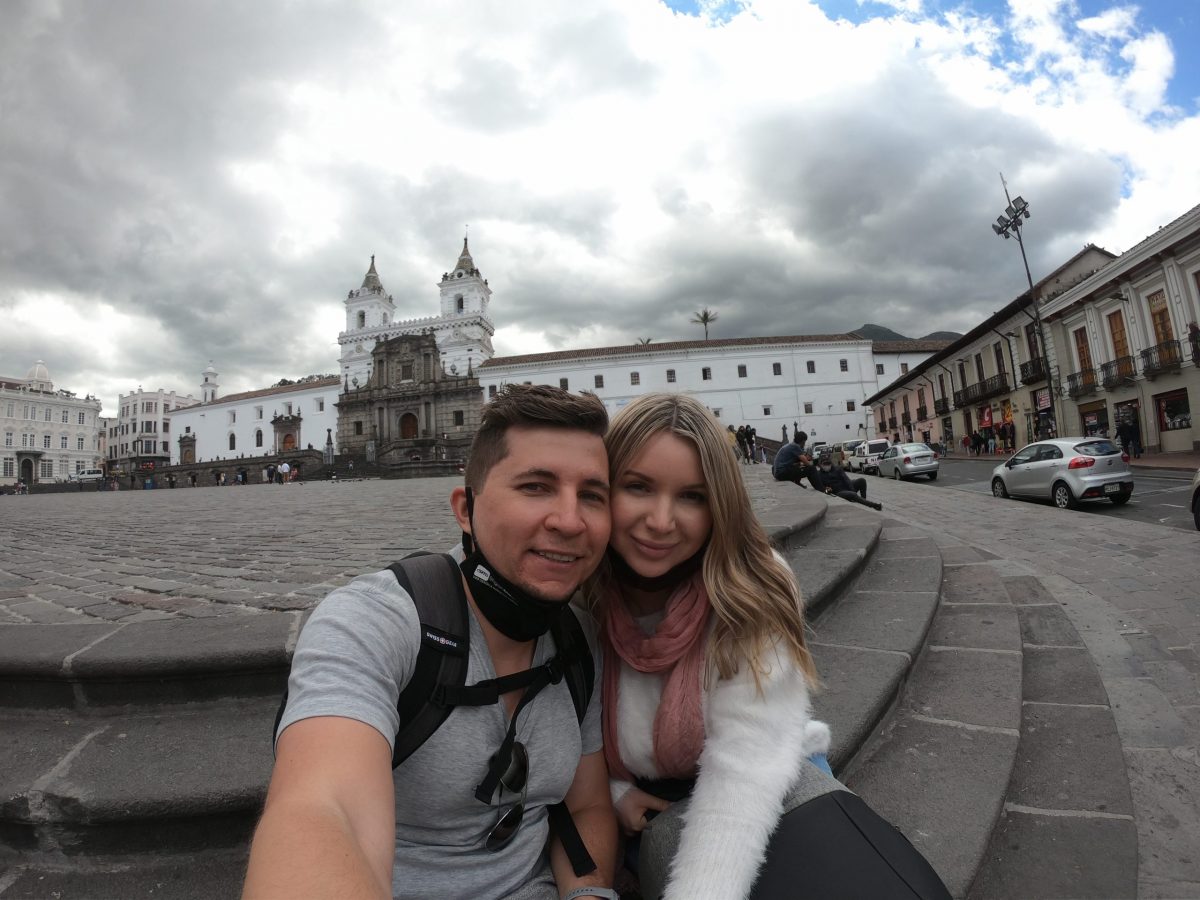
La Plaza Grande, the heart of Quito’s Old Town, has been the city’s bustling social hub since the 16th century. Originally, it even served as a bullfighting arena and the main market for locals. The square’s historic fountain has since been replaced by a tall obelisk, standing as a tribute to Ecuador’s first cry for independence.
As we wandered around this lively plaza, it was striking to see the blend of past and present in the architecture and activity. Surrounding the plaza are some of the city’s most significant buildings: the Government Palace, City Hall, the Archbishop’s Palace, and the impressive Metropolitan Cathedral. Each building, with its own unique history, adds to the plaza’s sense of grandeur and history.
Visit the Government Palace and Watch the Changing of the Guards
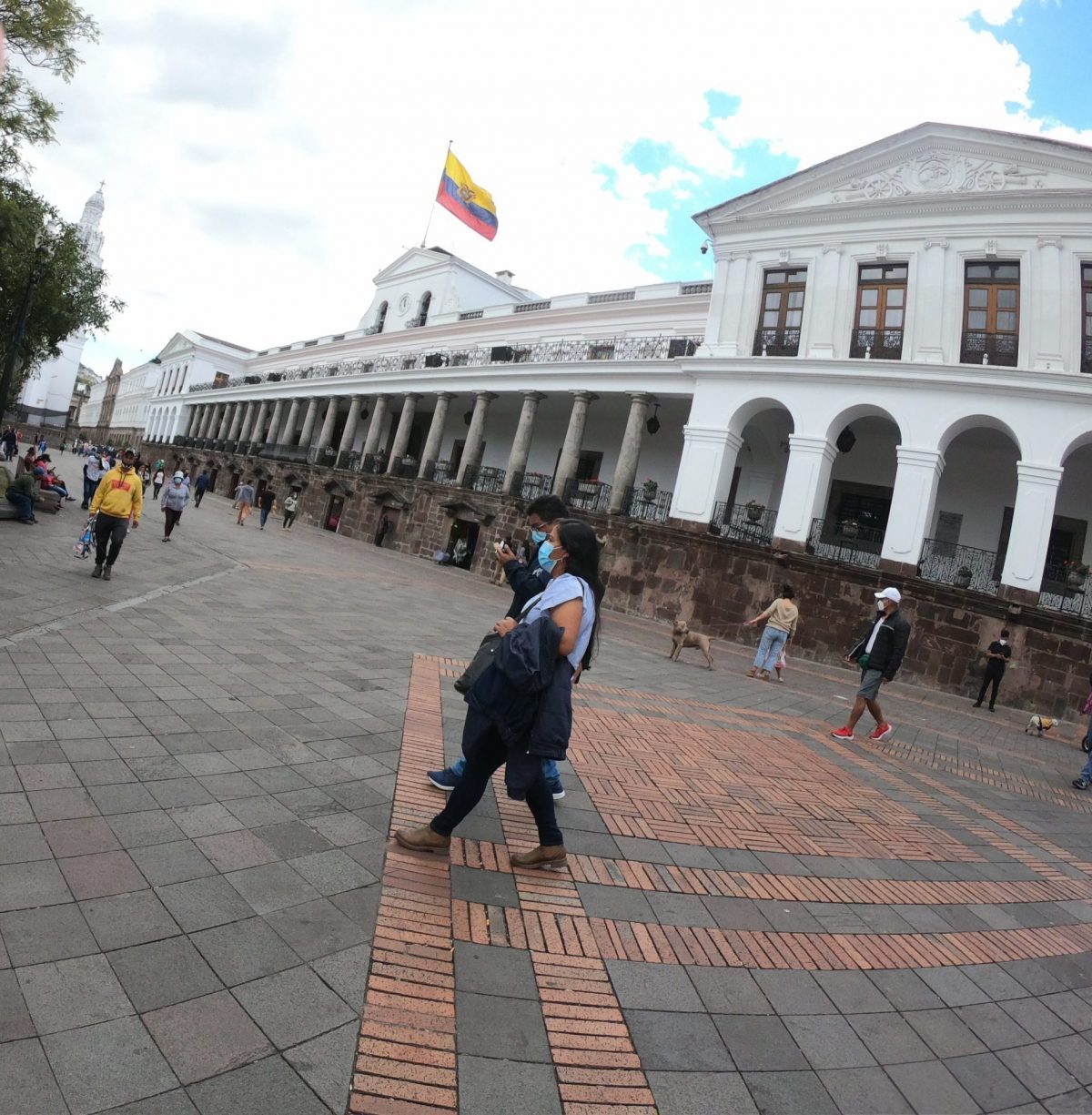
The Government Palace in Quito’s Old Town stands out as one of the plaza’s most captivating landmarks. Serving as both the seat of government and the president’s official residence, this iconic building is accessible to tourists. To enter, all you need to do is inform the guard of your tourist status, and you’re welcomed to explore the main entrance area.
Right away, you’ll notice the intricate Spanish/Moorish architecture, which gives the palace its distinguished look. A highlight inside is the Yellow or Presidents’ Room, adorned with portraits of past Ecuadorian presidents. Standing here, it’s amazing to think of the many historical decisions made within these walls that have shaped Ecuador’s future.
Adding to the grandeur is the Granaderos de Tarqui, the palace’s guard in striking blue uniforms with golden cords, red epaulettes, and traditional tall blue morriones. If you’re visiting on a Monday, don’t miss the Changing of the Guard at 11 a.m. — a ceremonial tradition featuring decorated horses, rhythmic drums, and soldiers in formation, all set to the national anthem. With a bit of luck, you might even spot the president on the balcony, overseeing the event!
Be Amazed at the Catedral Metropolitana
The Metropolitan Cathedral, or Catedral Metropolitana, is an impressive landmark along the southern edge of Plaza Grande. As the highest-ranking Catholic structure in Quito, it’s both architecturally stunning and historically significant.
Built in the 16th century, the cathedral’s grandeur is visible in its tall pillars, sweeping arches, and intricate naves that distinguish it among Old Town’s numerous religious buildings. Step inside, and you’re greeted with a breathtaking display: the high altar, crafted entirely of gold, which gleams in the warm light and creates a sense of awe that is hard to capture in words. It’s a visual masterpiece that captures the spirit of Quito’s devotion and artistry.
Shop at the Archbishop’s Palace
The Palacio Arzobispal, or Archbishop’s Palace, stands proudly across from the cathedral. This former bishop’s residence has since evolved beyond its religious roots, transforming into a lively hub filled with food courts and artisan shops.
We enjoyed exploring its charming inner patios and balconies, where there’s so much to discover — from quick bites to exquisite Ecuadorian cuisine. The palace’s kiosks are packed with unique, handcrafted clothing from regions across Ecuador, including the Andes, Amazon, and Pacific Coast. It’s a perfect blend of history, culture, and Ecuadorian craftsmanship all in one place.
Get a 360° Bird’s Eye View of Quito at the Basilica de Voto Nacional
The Basilica del Voto Nacional, known as the largest neo-gothic church in the Americas, quickly became one of my favorite highlights of the trip. The basilica’s unique exterior features Ecuadorian wildlife carved into the facade instead of typical gargoyles, with creatures like armadillos, tortoises, and native birds adding a special local touch to the grand structure.
But what really makes a visit here unforgettable is the chance to climb up to the twin bell towers. The view from the top is simply stunning — a panoramic, 360-degree look at Quito that makes every step of the ascent worth it. The climb itself, with its mix of narrow staircases and ladders, added an element of excitement I hadn’t expected. It’s an experience I’d definitely recommend to anyone visiting Quito.
Another interesting feature that I like here is the café on the top deck which sells beer and traditional alcoholic drinks:
Have questions about your upcoming Galapagos trip? Join my Galapagos Reddit community and ask other travelers who recently visited the islands. Get up-to-date tips, real experiences, and honest advice from other travelers (I ban tour agencies and resellers).
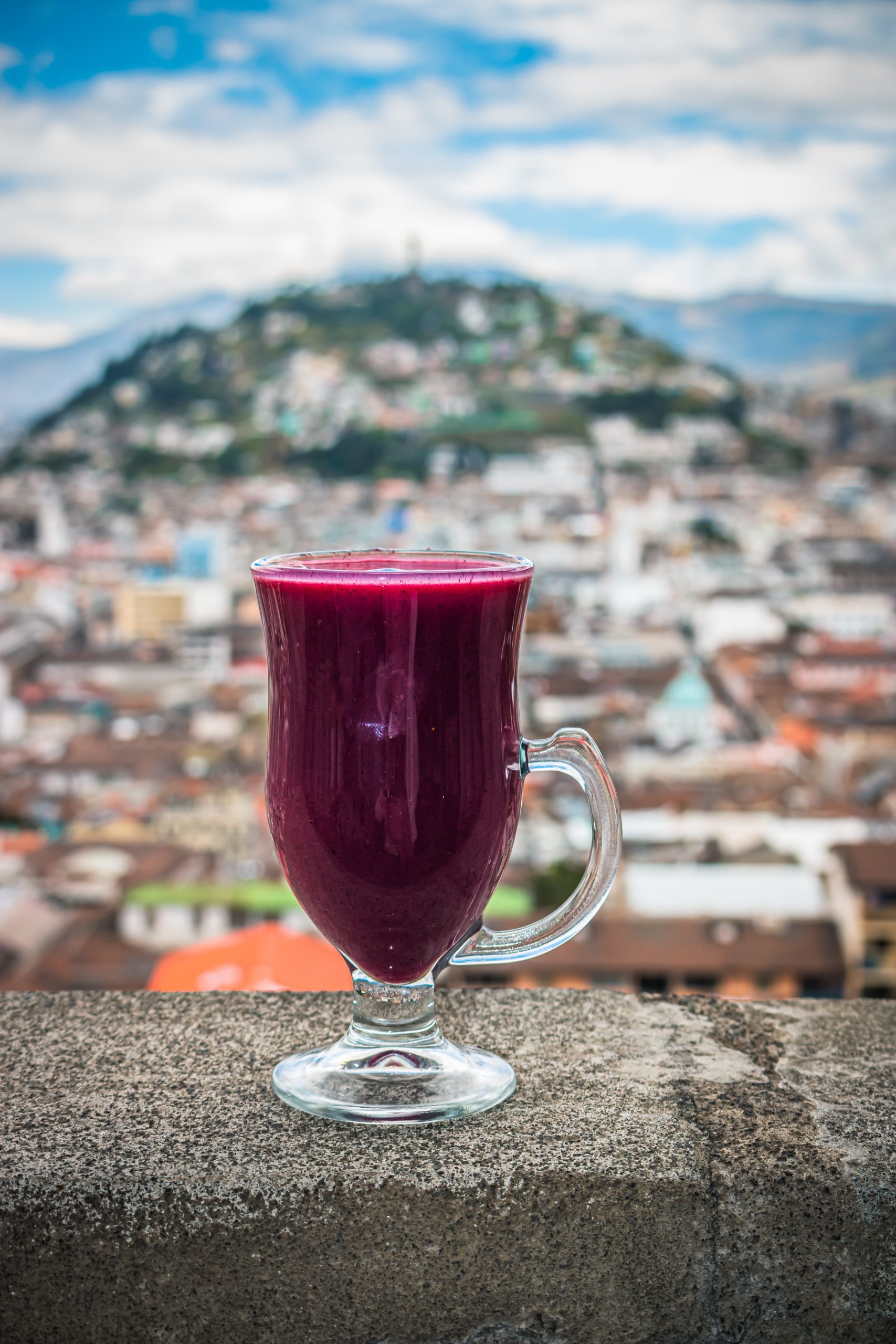
Yes, you read that right — the Basilica del Voto Nacional has a café where you can unwind with a drink after the climb! I couldn’t get enough of the stunning views from up there, with Quito stretching out in every direction. Sipping a drink while taking in that panoramic view was the perfect way to reward myself after the exhilarating and slightly nerve-racking ascent. It was such a unique experience, blending a bit of relaxation with one of the best vistas in the city.
Head to San Francisco Plaza
Booking.com
San Francisco Plaza is a sight to behold, with the impressive San Francisco Church and Convent dominating the square. As Quito’s first church, it holds a special place in the city’s history, and it’s also the largest religious complex in all of South America. I found it fascinating to explore; the church’s massive structure takes up an entire side of the plaza, adding a grand, almost timeless vibe to the surroundings. Once inside, I was blown away by its magnificent interior, filled with intricate colonial art pieces that add so much depth to the experience. If you’re even a little into art or history, this place is definitely a must-see.
Have a Glimpse of the City Hall
Quito’s City Hall, tucked on the eastern edge of Plaza de la Independencia, may not compete with the grandeur of its neighboring landmarks, but it holds its own slice of history. It’s the place where Quito’s city matters come to life, housing the mayor and a fifteen-member city council. For me, passing by the building felt like a subtle glimpse into the city’s civic pulse—a reminder that the heart of Quito isn’t just in its churches and plazas, but in the everyday work happening here. It may be understated, but knowing its significance gave me a fuller appreciation of the historic center’s character.
Visit Iglesia de la Compania
The Iglesia de la Compañía is genuinely awe-inspiring—no exaggeration needed. As we stepped inside, the entire interior dazzled with intricate gold leaf details that seemed to glow in the dim light. Known as one of Latin America’s finest Spanish Baroque masterpieces, the church’s ornate design makes it impossible not to feel overwhelmed by its beauty. Standing beneath its soaring, gold-covered nave, we couldn’t help but feel a sense of reverence. It’s one of those places that lives up to the hype, and for us, visiting it became a truly unforgettable highlight of Quito.
See the Santo Domingo Church
The Santo Domingo Church is another gem in Quito’s Old Town, a must-see if you’re exploring the area. It has a commanding presence, towering over the lively Santo Domingo Plaza, and feels like it watches over the square below. Built by Dominican friars, this church boasts beautiful architecture that reflects a mix of influences. We were captivated by the intricate details and artistry within; the interiors alone make it worth the visit. This church is truly one of Quito’s most prominent and historic religious sites, and its beauty stayed with us long after we left.
Learn More About Quito’s History at the Museo de la Ciudad
If you’re someone who loves diving into history and culture, the Quito City Museum is a must-visit. It brings to life the city’s rich past through its chronological exhibits, each capturing key moments in Quito’s story. The museum itself is housed in a beautifully preserved 16th-century hospital, which only adds to the experience. Walking through the display halls, I felt like we were tracing Quito’s roots all the way back to pre-Columbian times. The space is both informative and visually captivating—a true gem for history enthusiasts!
Divulge into Quito’s Culture at the Centro Cultural Metropolitano
Another captivating spot in Quito that’s worth a visit is the Centro Cultural Metropolitano, or Metropolitan Cultural Center. This building is packed with anthropological and cultural exhibits that will fascinate anyone interested in Ecuador’s rich heritage. Walking through its exhibition halls kept us absorbed for hours, and there was always something intriguing to discover around each corner. The blend of history and modern culture here really brought Quito’s diverse story to life.
Spend a Fabulous Night at La Ronda
Calle La Ronda is one of those spots in Quito’s Historic Center that feels like stepping back in time. This charming, pedestrian-only street is lined with beautiful colonial houses, each with its own unique character. We enjoyed wandering down the street, taking in the architecture, and stopping at a few of the small eateries along the way for a taste of Ecuadorian cuisine. If you’re looking to savor some authentic local dishes, La Ronda is absolutely the place to go, with plenty of cozy spots to settle in and enjoy a meal.
Travel tip: Try visiting La Ronda at night to watch spectacular street performers while sipping canelazo, a popular Ecuadorian sugar cane alcoholic drink.
Trust me, while self-guided tours are great, combining them with expert local guidance makes for a richer experience! Want an expertly planned itinerary that balances guided tours with free time to explore Old Town’s hidden gems? Get a FREE quote from my recommended local agency. Your booking supports this blog and local Ecuadorian businesses.
Safety Tips in Quito Historic Center
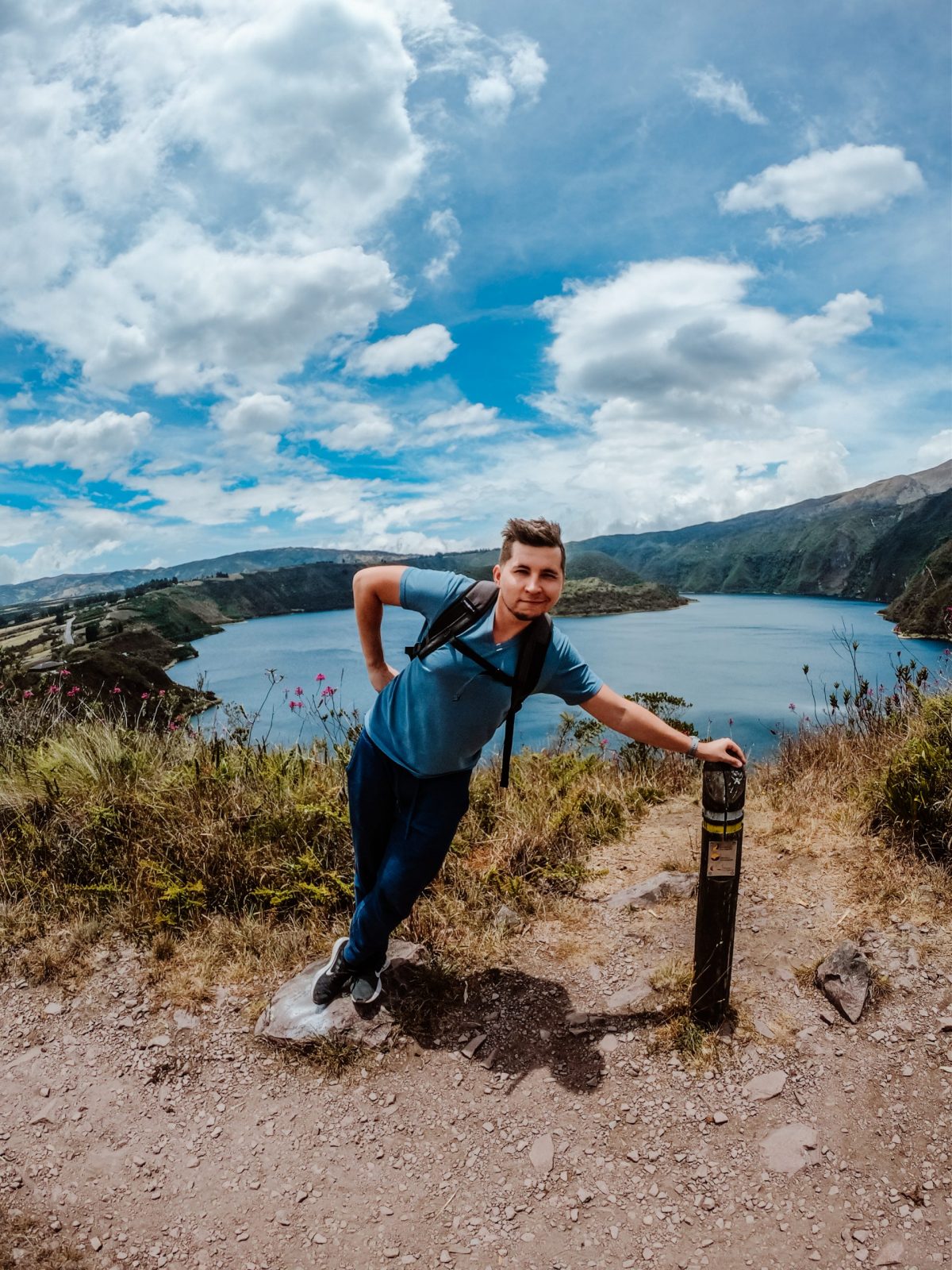
Planning trip to Ecuador?
My wife and I rented a car for 15 days and traveled from the northern part of Ecuador to the south, visiting amazing cities like Quito, Otavalo, Baños, Cuenca, and Guayaquil. Along the way, we explored iconic places such as Cotopaxi National Park, Quilotoa Lake, and many more breathtaking destinations.
Not many blogs cover traveling in Ecuador in detail, so I spent nearly three weeks creating this comprehensive Ecuador travel guide based on our trip. It’s packed with everything you need to know, and honestly, I consider it the best free travel guide about Ecuador out there.
If you’re planning a trip to Ecuador, don’t forget to use my link for discounted hotel prices through Booking.com. It’s a great way to support my blog while saving money on your accommodations!
Quito’s Historic Center is truly captivating, but with so many visitors, it’s natural for it to attract some pickpockets. You can avoid becoming a target by keeping things simple: leave your valuables behind and carry just enough cash for the day. We made sure to be mindful of our belongings throughout our time there. My wife and I had our cameras out—she was busy capturing the beauty on her Canon, and I was recording our experience with my GoPro. We didn’t have any issues, but we made sure to stay aware and keep things secure. Just a little extra caution goes a long way in enjoying the city worry-free. I shared more about safety in Quito in this article.
It is also best to not walk alone at night. Follow your instincts and take simple safety precautions whenever you are outside.
Plan perfect trip to Ecuador & Galapagos
I spent countless hours researching everything about traveling to Ecuador, and I created this blog for fellow travel enthusiasts who want the best, most reliable information. But if you want to save time, we’ve partnered with the top local agency to plan your dream trip.

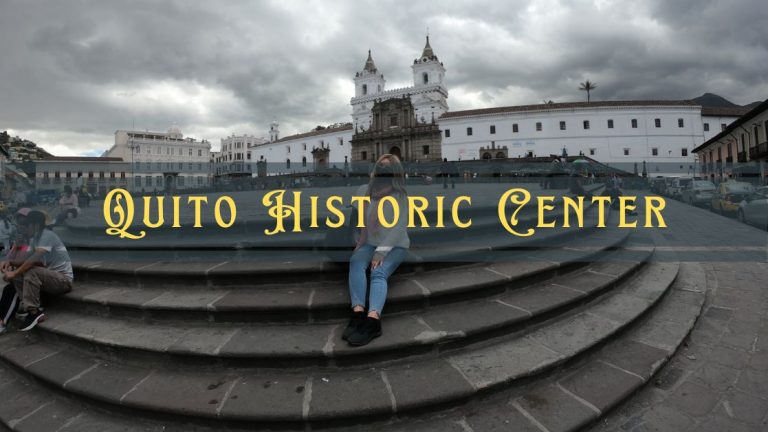
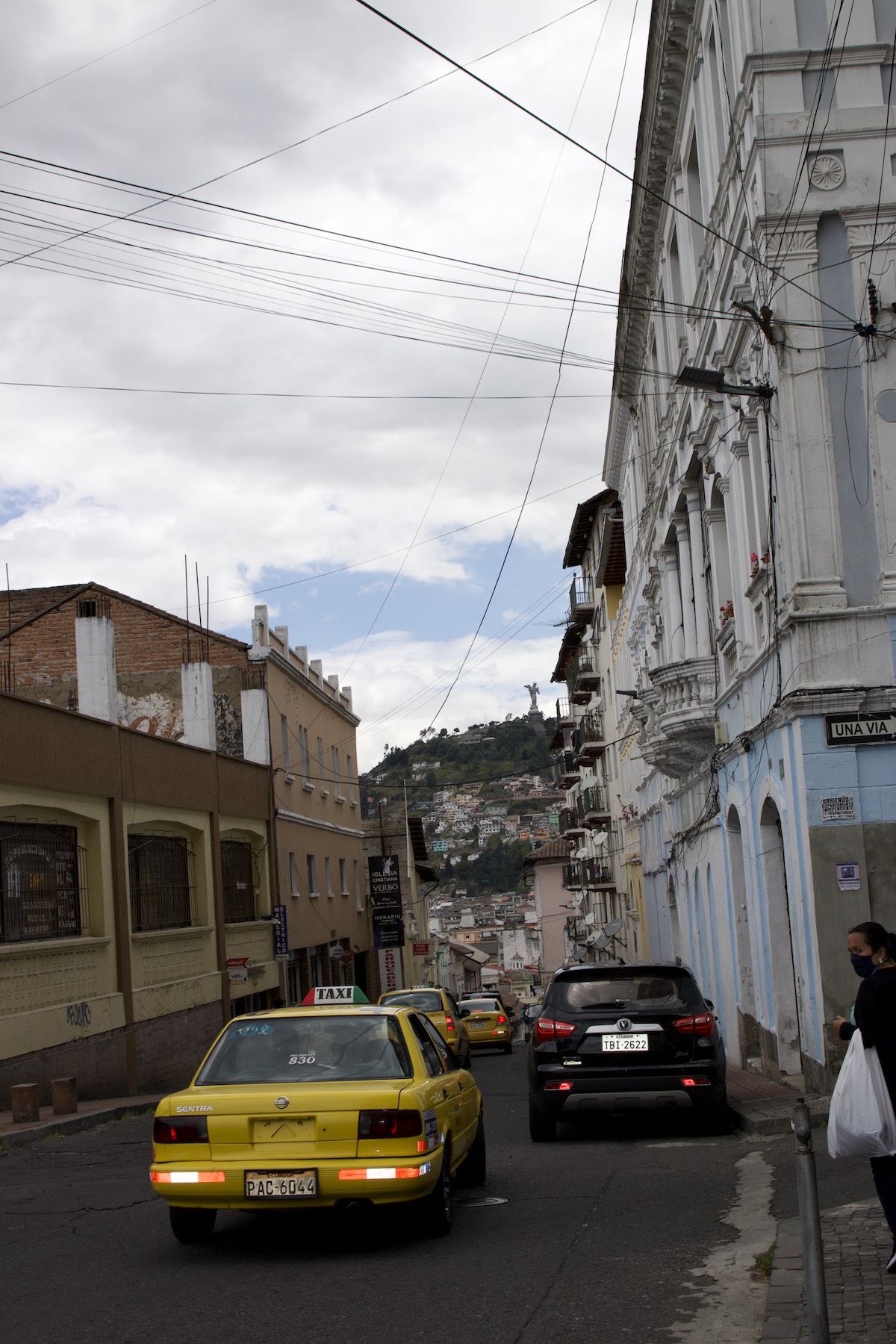
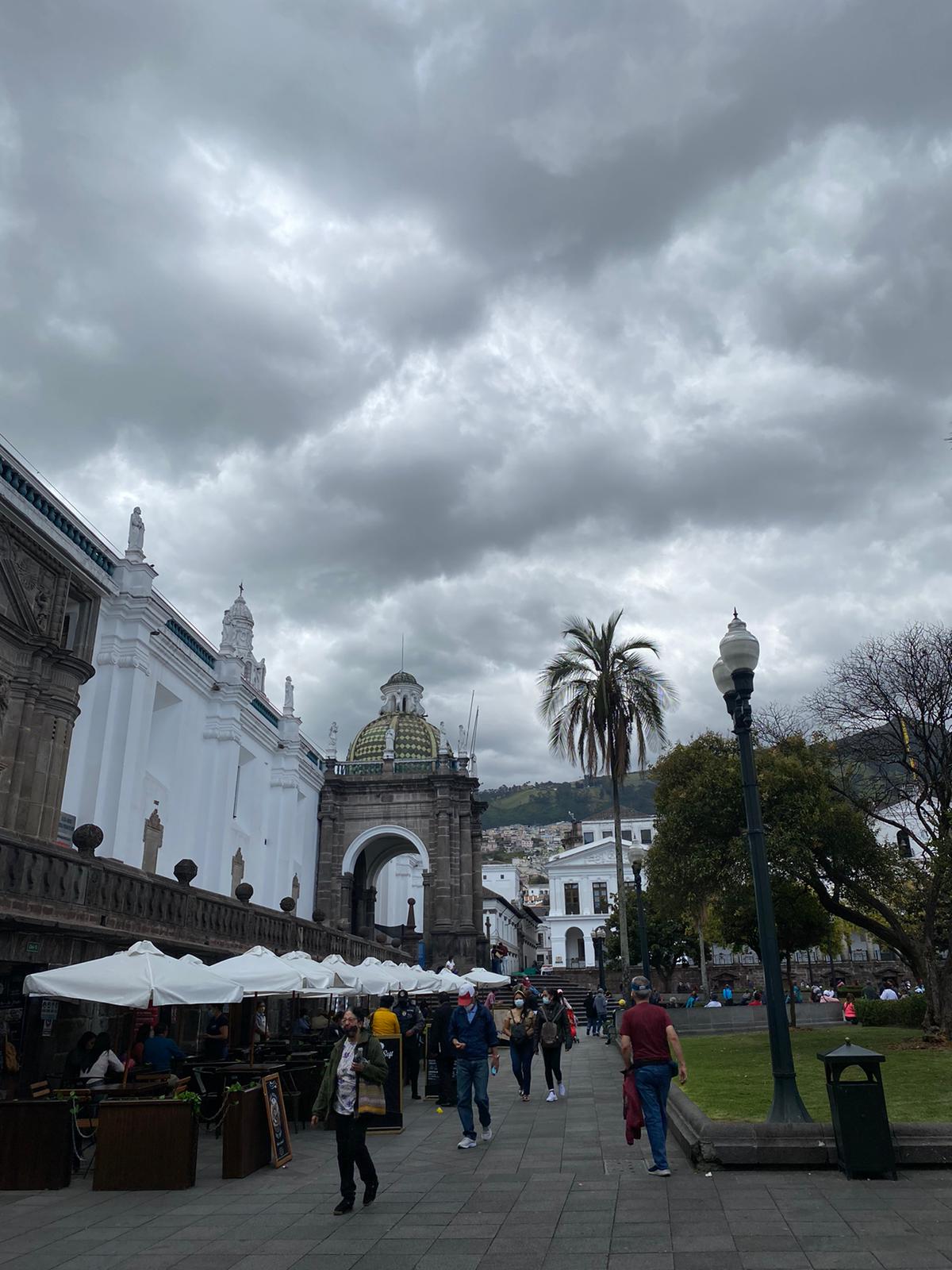
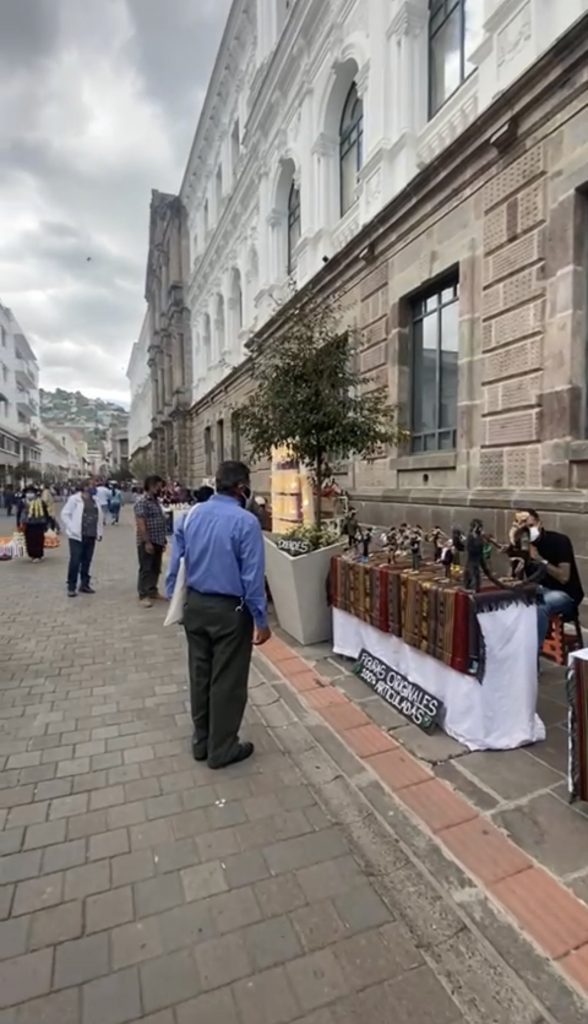

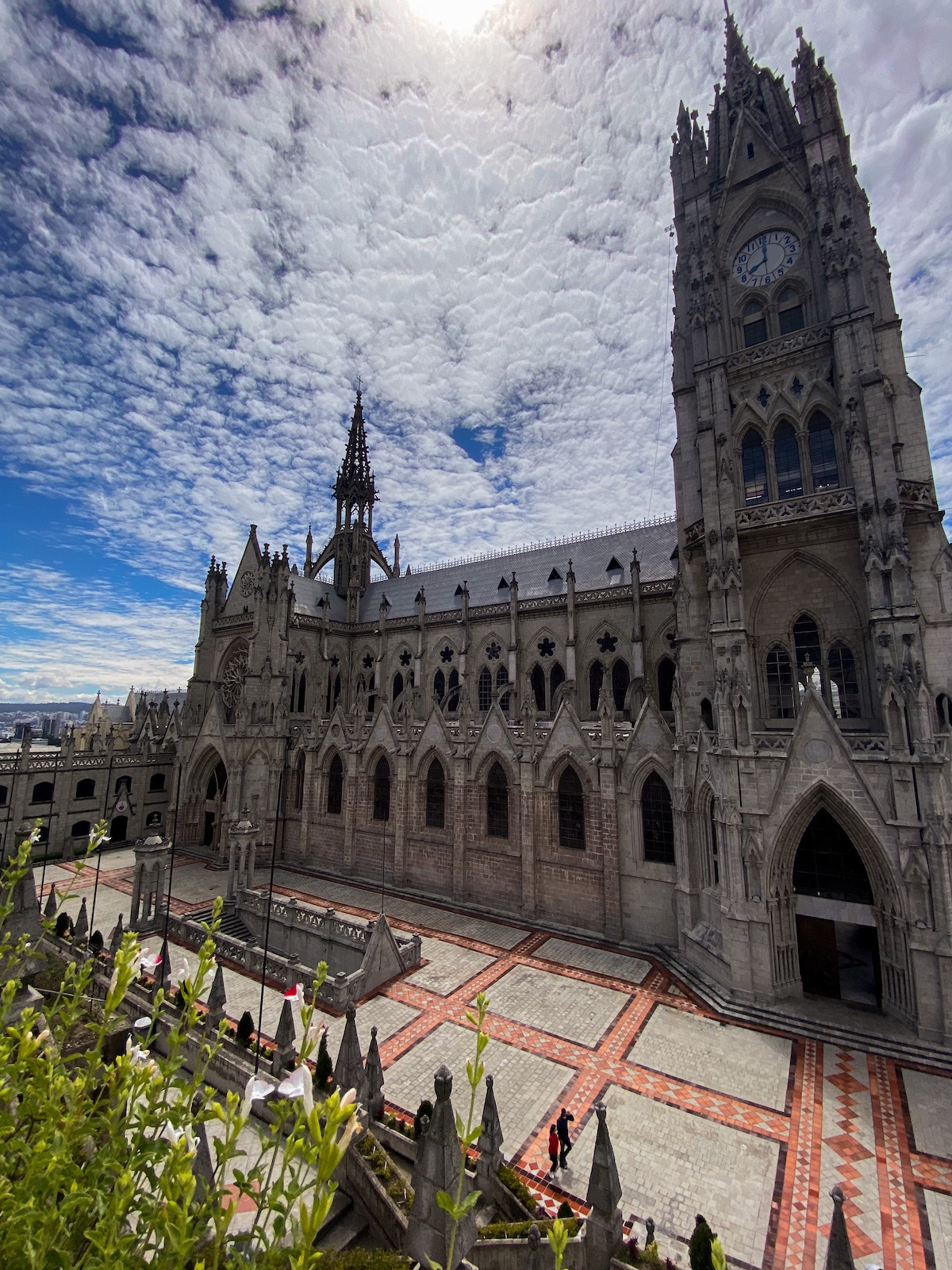
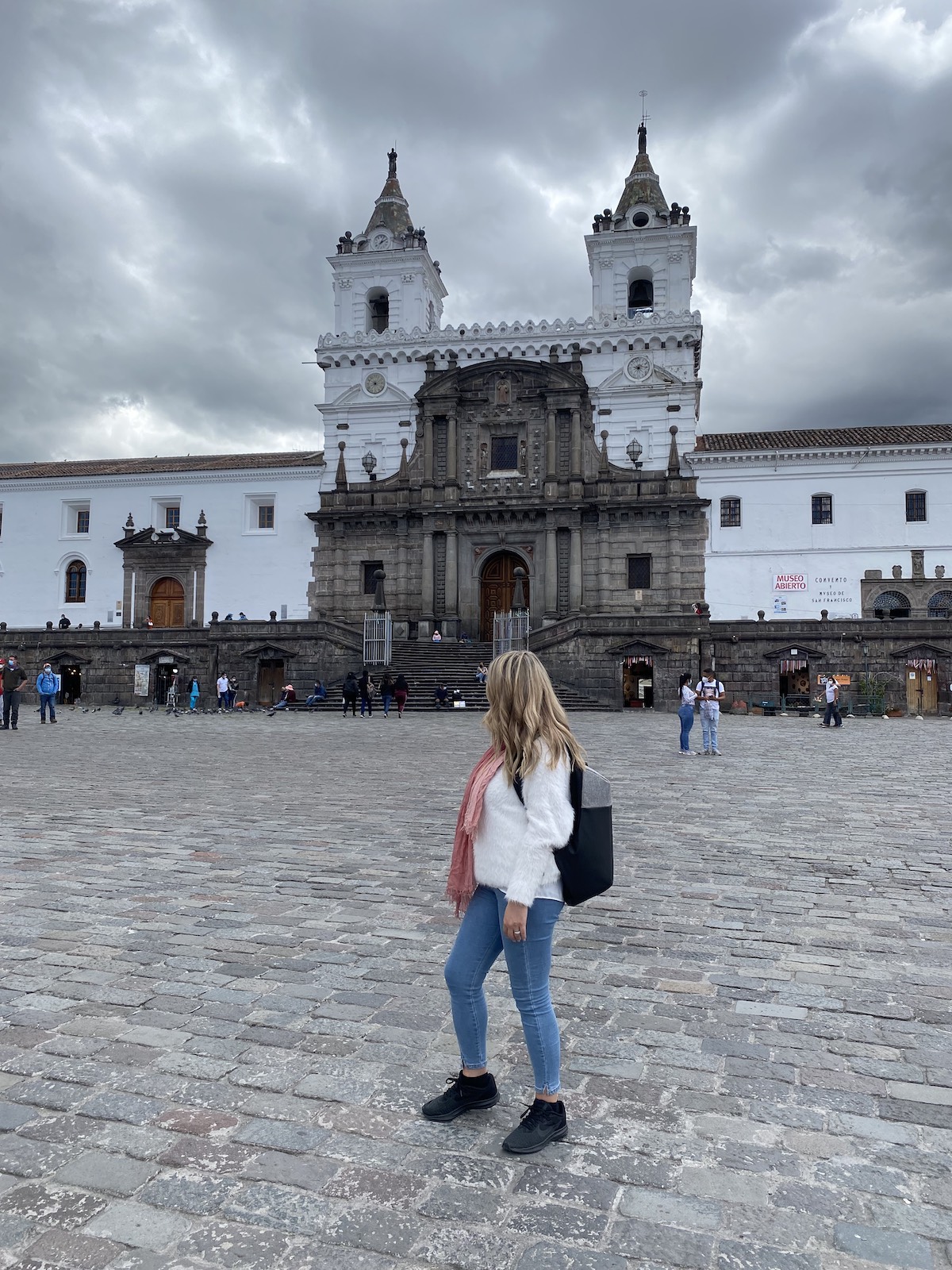
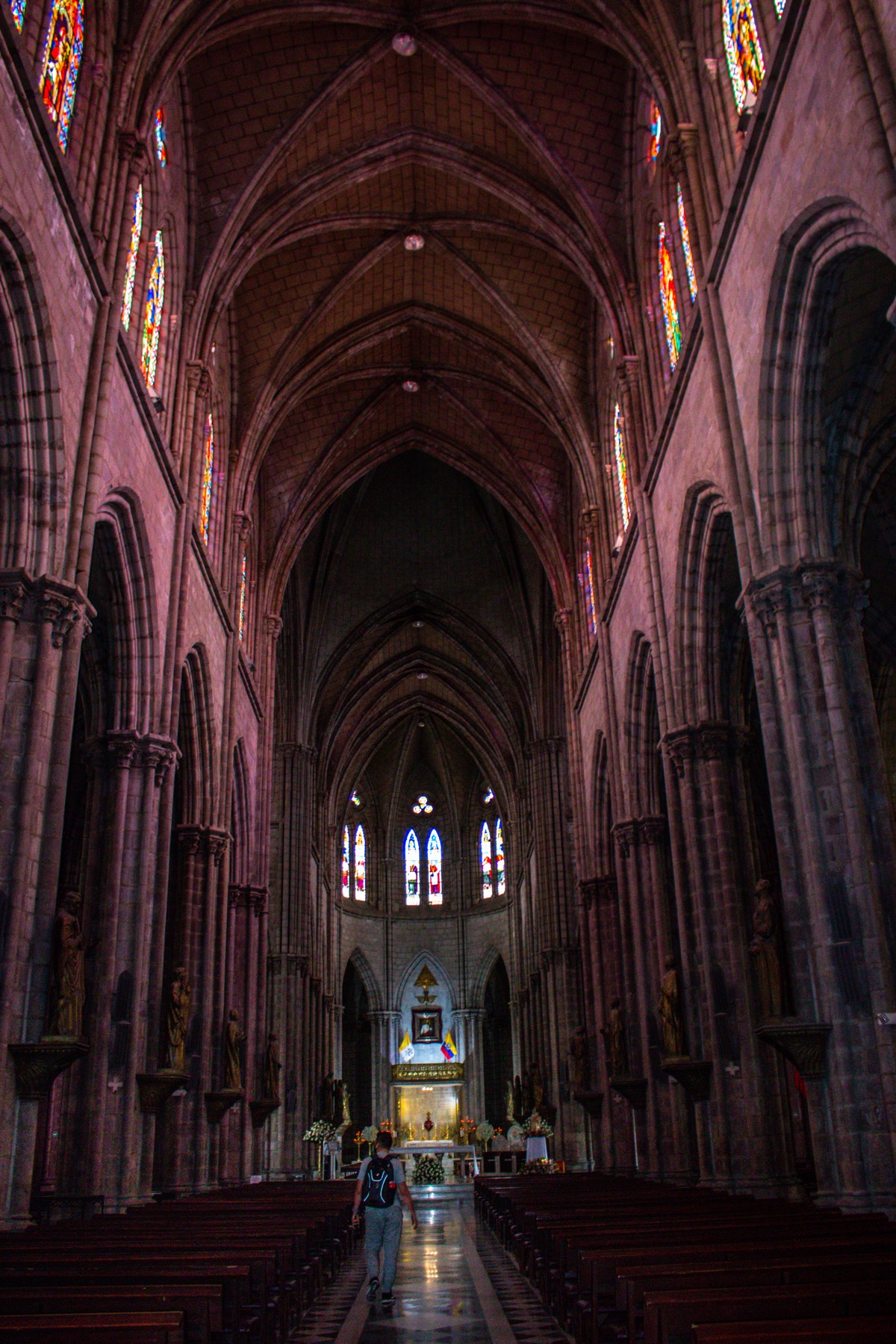
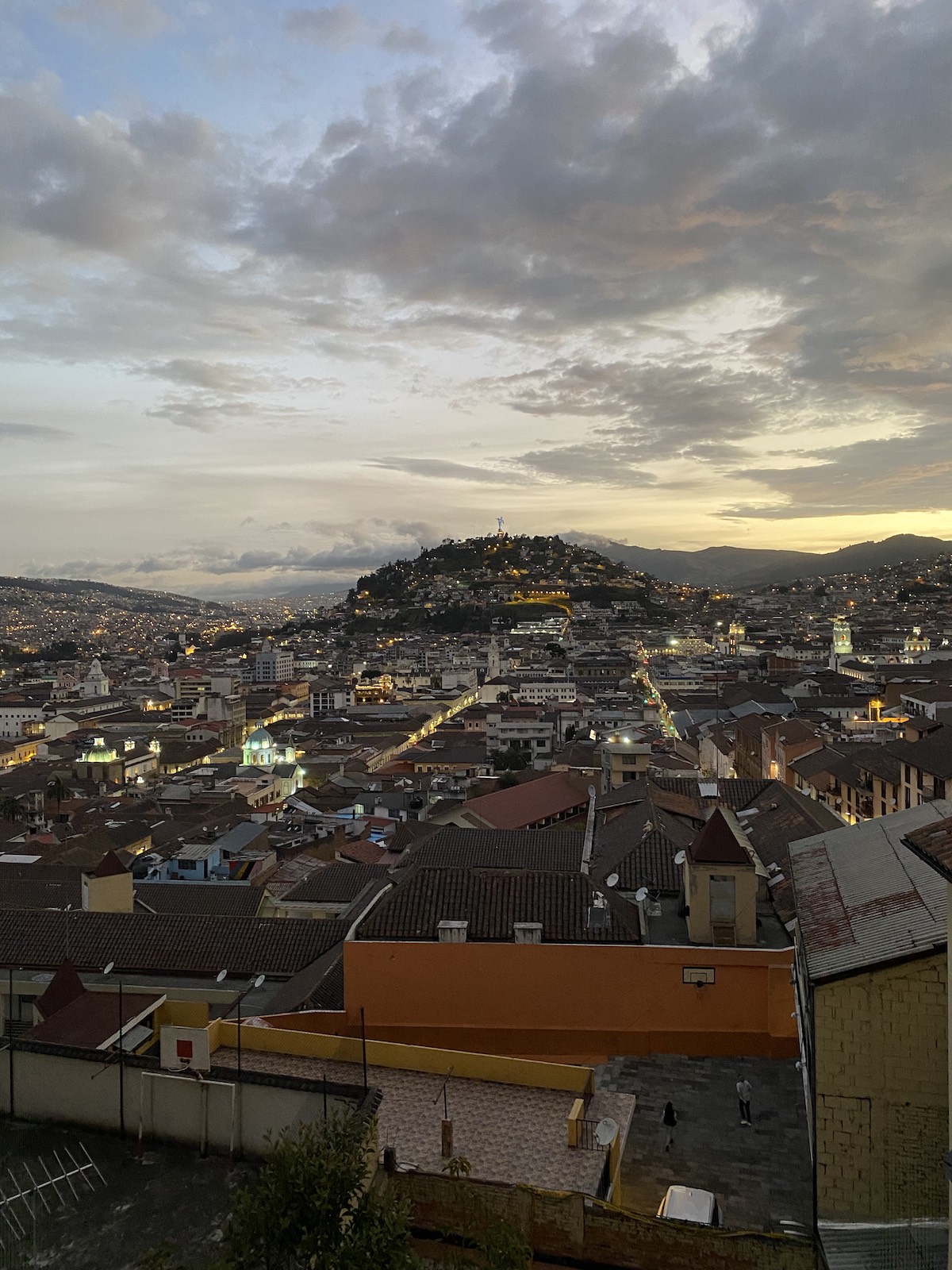

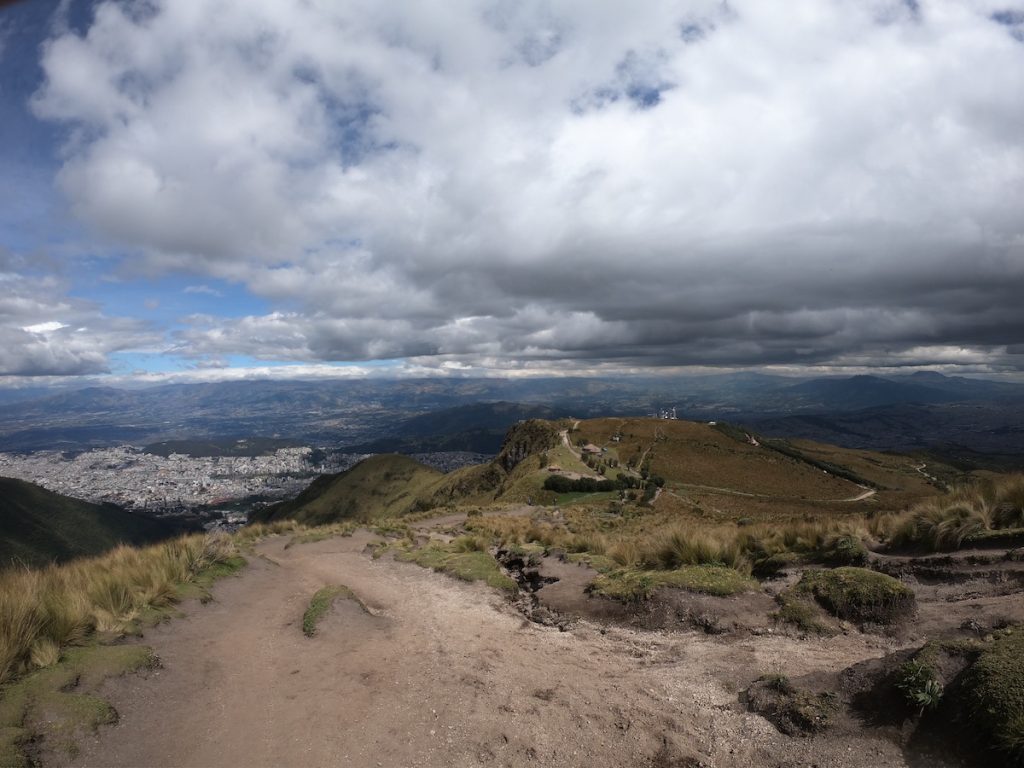

Thank you for putting this most helpful guide together- we found it extremely useful!
Thanks for the positive feedback!
Very helpful guide thanks
You are welcome, happy to hear it was helpful!